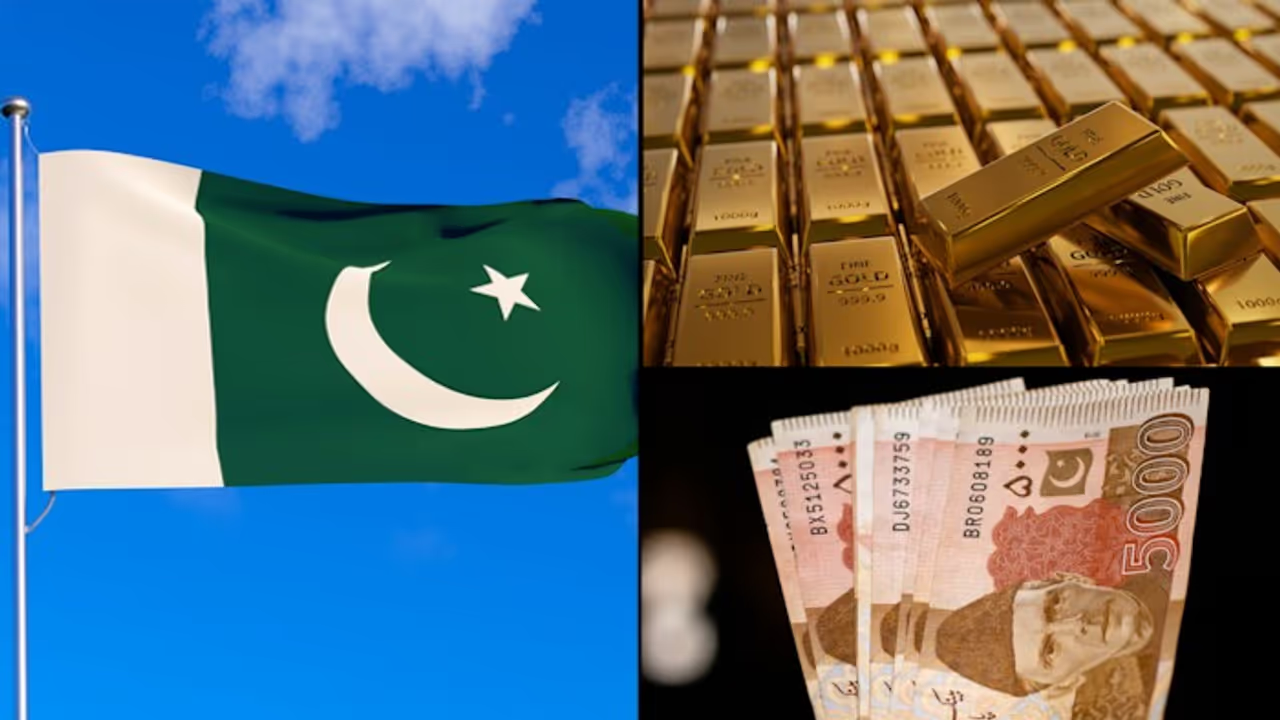Pakistan has reportedly discovered significant gold deposits in the Indus River, with potential economic benefits, but illegal mining and government regulatory challenges hinder proper exploitation.
A significant gold discovery in the Indus River has stirred excitement across Pakistan, with experts estimating the potential value of the gold deposits to be around 600 billion Pakistani rupees. The deposits, reportedly located in the Attock district of Punjab province, are believed to be the result of natural geological processes stretching back millions of years. While the discovery holds promising economic implications for the country, its extraction faces both legal and logistical challenges, as local mining activities intensify despite government efforts to regulate them.

Gold in the Heart of the Indus: A Natural Process at Work
The gold found in the river is thought to have originated from the northern mountainous regions of Pakistan, particularly the Himalayas. Over millions of years, the collision of tectonic plates led to the formation of the mountain range, causing erosion that released gold particles into the fast-flowing waters of the Indus. This process, known as placer gold deposits, has resulted in the accumulation of gold in certain areas of the riverbed.
According to reports, the Attock district, specifically a 32-kilometer stretch of the river, contains gold deposits estimated to weigh around 32.6 metric tonnes. With the price of gold reaching substantial figures, these deposits could be worth up to 600 billion Pakistani rupees. The potential wealth from this discovery has caught the attention of both local communities and economic analysts, who are hopeful that it could provide much-needed relief to Pakistan’s struggling economy.
Historical Significance of the Indus River
The Indus River, one of the oldest and longest rivers in the world, holds deep historical and cultural significance for both Pakistan and India. It was integral to the rise of the Indus Valley Civilization, one of the world’s earliest urban cultures, which flourished between 3300 and 1300 BCE along its banks. The river’s importance has continued through the centuries, sustaining agriculture and providing water to millions of people in the region.
Before the 1947 partition, the Indus River flowed entirely through India. However, following the partition, the river was divided, with its waters now shared by India and Pakistan. Despite this division, the river continues to play a crucial role in the economies of both nations. The discovery of gold in its waters adds another layer of significance to this ancient watercourse, with implications for modern-day resource management and economic development.
Local Mining Activity and the Challenge of Regulation
As news of the gold discovery spread, local residents in the Attock region began mining the riverbed, especially during the winter months when water levels are lower, making it easier to access the gold particles. However, this mining is largely unregulated and, in many cases, illegal. Reports indicate that illegal mining operations are using heavy machinery to extract gold from the riverbed, which has raised concerns about environmental degradation and the safety of miners.
In response to this growing issue, the Pakistani government has implemented Section 144, a legal measure designed to prevent illegal mining activities in the region. The authorities have reportedly issued notices to local miners, warning them to cease operations or face penalties. Despite these efforts, illegal mining continues to thrive, complicating efforts to manage the resource responsibly.
Government’s Response and Allegations of Obstruction
While the initial findings regarding the gold deposits are encouraging, progress toward officially tapping into these resources has been slow. Reports quoting sources within the Mines and Minerals Department have claimed that senior officials are obstructing efforts to explore and extract the gold. According to reports from Nav Bharat Times and Daily Parliament Times, these officials are allegedly more focused on allocating mining sites for sand and stone zinc operations, rather than pursuing the potential of the gold deposits in the Indus River.
This has led to frustration among local communities and economic experts, who argue that the government should prioritize the responsible and legal extraction of gold to capitalize on the economic benefits. The estimated value of the gold—around 600 billion rupees—could offer a vital boost to Pakistan’s economy, which has been grappling with high national debt and inflation. If managed properly, these gold deposits could help alleviate financial burdens and create a new avenue for growth.
Economic Implications: A Chance to Rebuild Pakistan’s Economy
The economic implications of this discovery are vast. With an estimated 32.6 metric tonnes of gold potentially available for extraction, Pakistan could experience a significant financial windfall if the gold is mined and sold. These funds could be used to address Pakistan’s growing national debt, fund infrastructure projects, and provide relief for the country’s economic challenges.
Additionally, the gold extraction process could create jobs and stimulate local economies, particularly in the Attock region, where the deposits are concentrated. This could provide a much-needed boost to local employment and contribute to the overall economic recovery of the country. However, the key to unlocking these benefits lies in ensuring that the mining process is legal, regulated, and sustainable.
